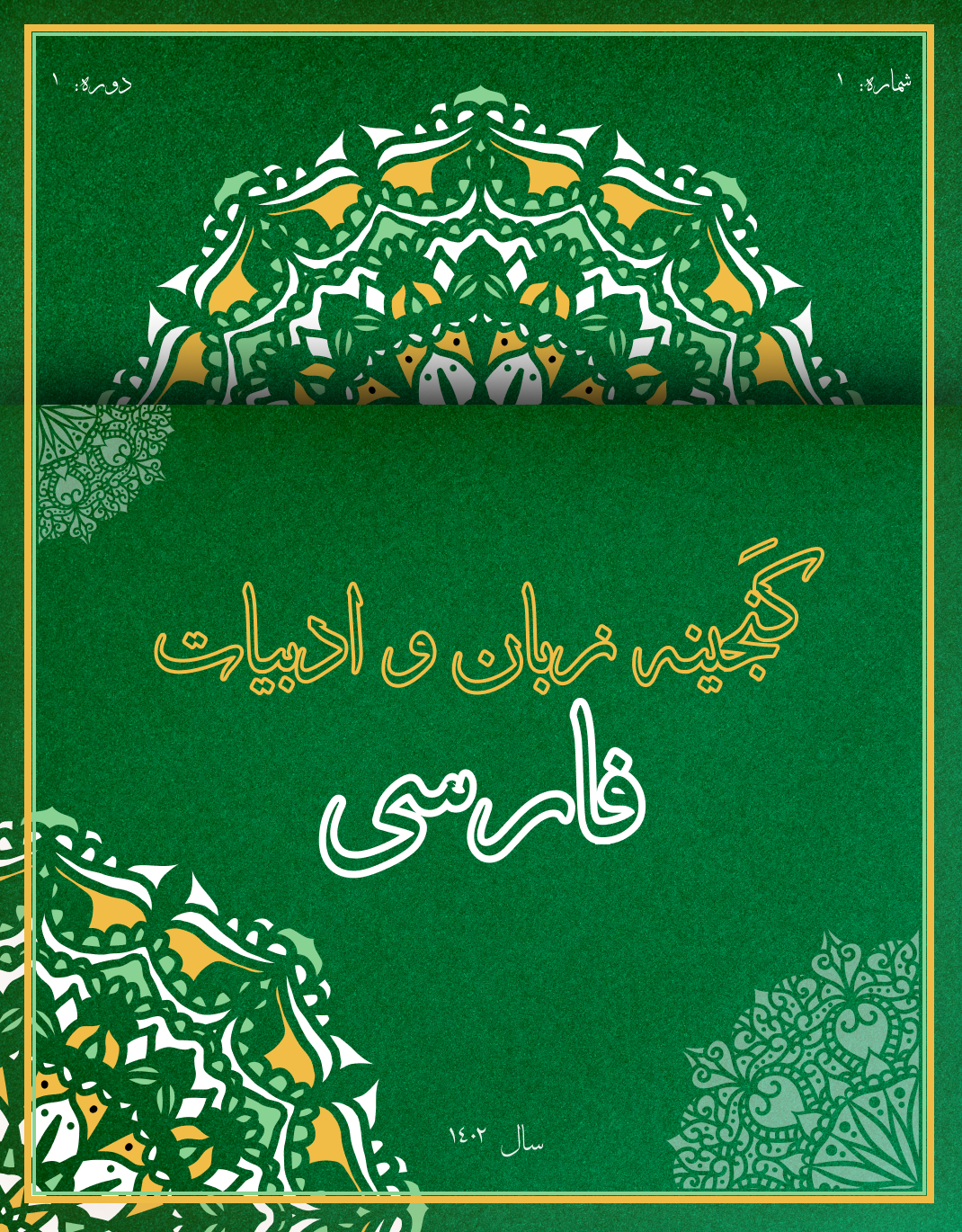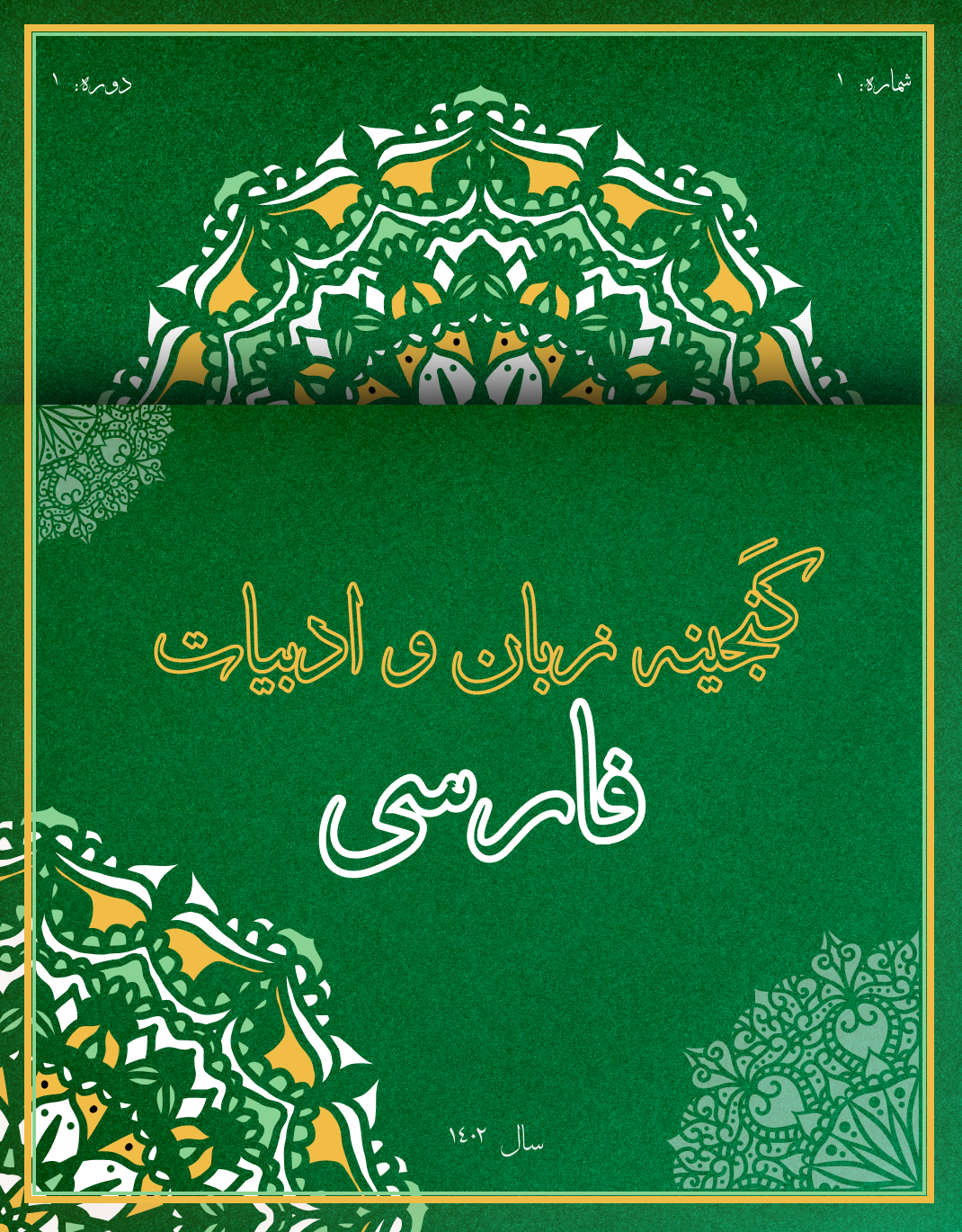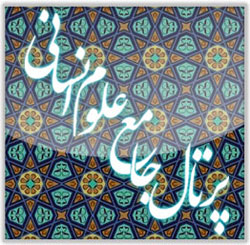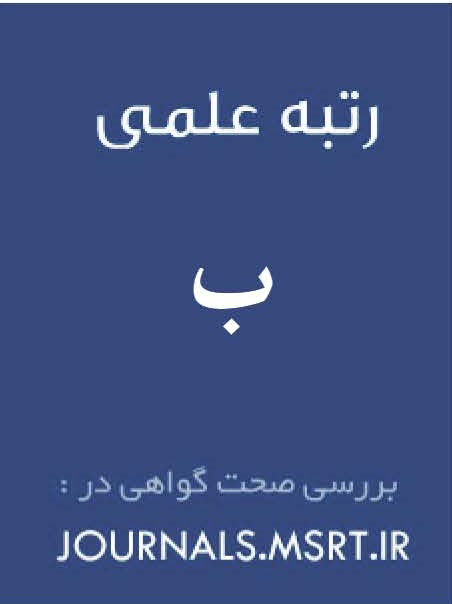A Stylistic and Linguistic Analysis of Houshang Golshiri's Novels: Examining the Application of Stream of Consciousness in Narrative
Keywords:
Houshang Golshiri, stream of consciousness, stylistics, contemporary Persian literature, multi-layered narrative, linguistic analysisAbstract
This article analyzes the style and language in Houshang Golshiri’s works, focusing on his use of the stream-of-consciousness technique. As one of the most prominent contemporary Persian writers, Golshiri skillfully employs this technique to create multi-layered and dynamic narratives that reflect the complex, shifting thoughts and emotions of his characters. The analysis conducted in this study reveals that Golshiri’s use of ambiguous vocabulary, lengthy sentences, and unconventional syntactic structures effectively portrays the psychological and internal states of his characters. This linguistic and narrative technique enables readers to experience the characters’ intricate mental landscapes and emotional nuances closely and authentically. The findings indicate that Golshiri utilizes the stream-of-consciousness style as a tool for depicting internal conflicts and contradictions within his characters, crafting multi-dimensional figures that resonate with readers. A comparison with other narrative styles highlights the unique aspects of stream-of-consciousness, which, with its focus on inner and non-linear experiences, diverges significantly from conventional forms. This study emphasizes Golshiri’s role in advancing modern Persian literature and his innovative adaptation of modern techniques within a Persian context, shedding light on the cultural and psychological impacts of this style on Persian narratives. Future research is encouraged to incorporate linguistic analysis and text mining to examine the specific linguistic features of this style in Persian literary works more precisely.









